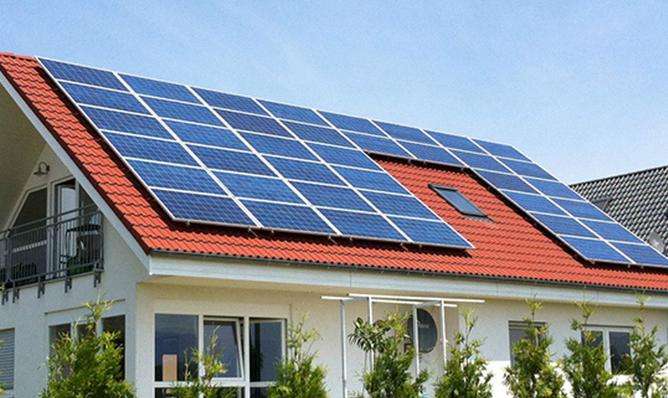Offshore wind energy does not require oil. Offshore wind power is a technology that uses offshore wind energy to produce electricity. It has many advantages: the wind conditions at sea are better than those on land, the rate of change of wind speed and direction is lower, the turbulence intensity is low, and the fatigue load is low. Wind speeds tend to be faster offshore than on land. A slight increase in wind speed can produce a large amount of energy. A generator with a wind speed of 15 mph produces twice as much electricity as a generator with a wind speed of 12 mph.
What is an offshore wind turbine?
By refining sodium in the sea, it is transformed into batteries to produce electricity intended to be used. Seawater energy cannot be used directly to produceelectricity.
The Nautilus is described in the novel as a slender, spindle-shaped submarine 70 meters long and 8 meters wide. It has excellent navigation performance and a maximum speed of 50 knots per hour.
It's an ideal submarine. The boat is powered entirely by electricity. Electricity is extracted from seawater and sodium is mixed with mercury to form a battery that replaces the Bunsen battery. is obtained after being converted into electricity and stored in batteries. ?
The food consists entirely of fish, seaweed, etc., so the crew's energy and daily necessities come from the sea. They require no land-based supplies and can sail on the sea indefinitely.
Detailed information
"Twenty Thousand Leagues Under the Sea" is one of Verne's masterpieces, which represents colorful imagination and the characteristics ofVerne's meticulous and delicate work. in writing. The plot setting of the novel is bizarre and bizarre, vividly describing the mysterious underwater world; the language is lively and interesting, both the language of art and science, and the explanations of various underwater things are insightful and realistic. The Nautilus submarine particularly fascinates readers.
The submarine described in "Twenty Thousand Leagues Under the Sea" is called "Nautilus", and the Nautilus uses its thin hull of a few millimeters to withstand the challenges it faces after a deep dive. a depth of 100 meters. . A shelled animal with enormous water pressure. This detail fully demonstrates Verne's extensive scientific knowledge.
The definition of landing points for offshore wind power
is roughly the same as for onshore wind turbines. The difference lies in
1. . The basic ratio of inoffshore installation Onshore installation foundation is more complex and the cost is higher.
2 Offshore installation is more difficult, special lifting vessels may be required.
3. Offshore air humidity It is high, has a high salt content and is very corrosive. The wind turbine equipment requires special anti-corrosion treatment to resist the strong corrosion of sea air.
Thus, it can be said that the cost of offshore wind turbines is higher than that of onshore wind turbines. . This is also the reason why the unit capacity of offshore wind turbines should be large is to reduce the cost of foundation and lifting.
Transmit the electrical energy generated by the wind generator to the nodes of the terrestrial electrical network. Offshore wind power landing point refers to the node of the offshore wind farm that transmits the energy generated by the wind generator to the onshore power gridbe. Generally, wind turbines in offshore wind farms are powered by underwater electricity. The cable carries the electrical energy to the offshore collection station, and then the collection station transmits the electrical energy to the point landing via the submarine cable and finally connects to the land power grid.














